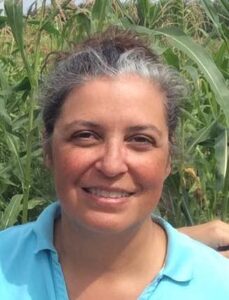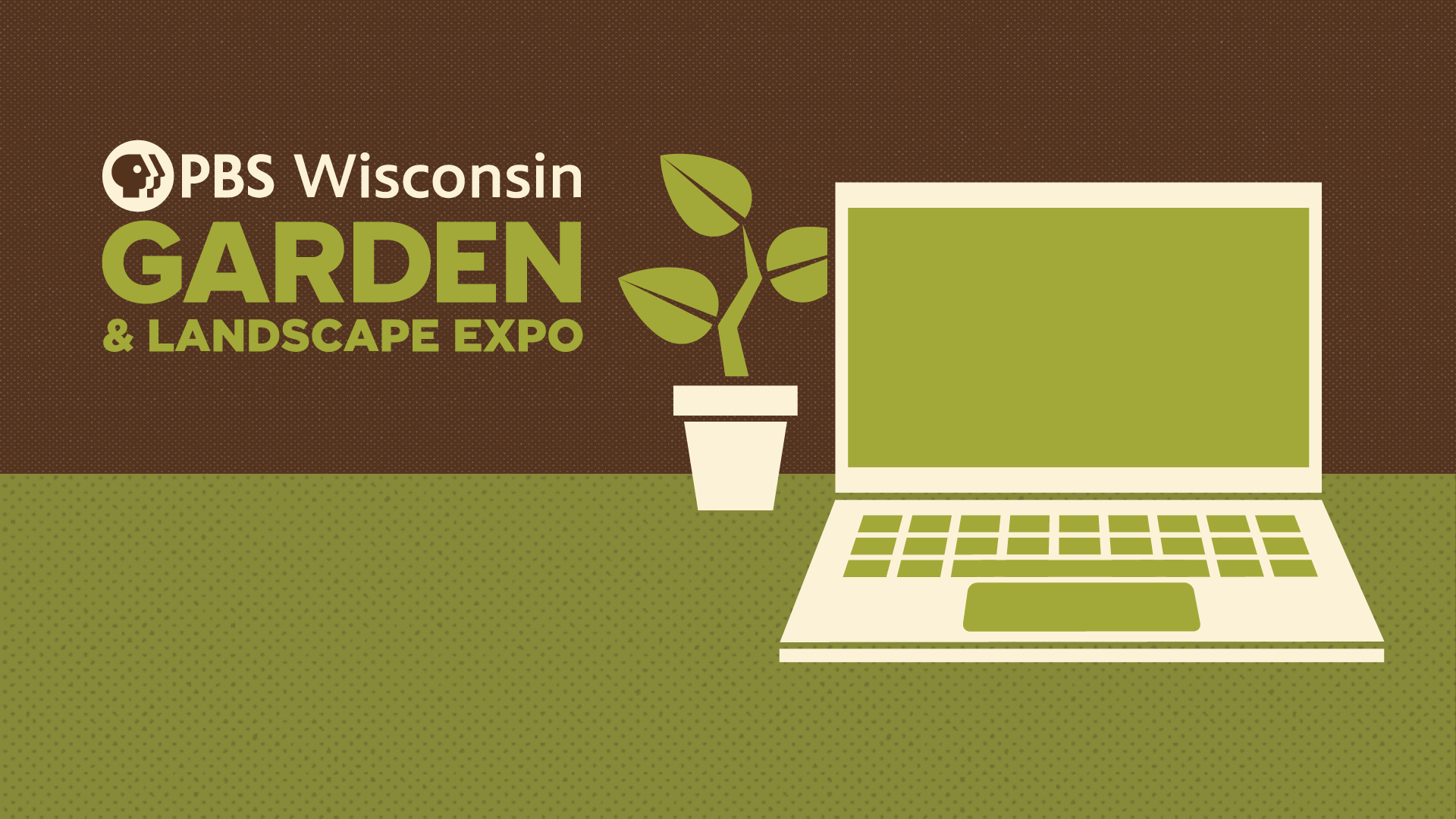Q&A: Garden & Landscape Expo Presenters Talk Indigenous Agriculture
February 12, 2021 Leave a Comment

Laura Manthe
PBS Wisconsin invites you to hear historical and modern perspectives on regenerative agriculture practices during the free, virtual Garden & Landscape Expo, Feb. 20-21. Register today at wigardenexpo.com!
Oneida tribal citizens Laura Manthe and Lea Zeise will present “Indigenous Agri-Culture” from 10-11 a.m. Saturday, Feb. 20. The mother-daughter duo are co-founders of Ohe*la’ku, a tribal cooperative on the Oneida Nation Reservation. Their mission is to grow traditional foods and develop farmers in their nation. During their presentation, they will discuss Great Lakes tribal agriculture, past and present, as well as their growing process, preservation techniques and how these approaches tie into a worldview of reciprocity and thanksgiving.
PBS Wisconsin spoke to Manthe and Zeise about Indigenous agriculture and their upcoming presentation at Garden & Landscape Expo.
PBS Wisconsin: Tell us about Ohe*la’ku, the tribal cooperative you co-founded together.
Lea Zeise: We’re about 20 families that grow our ancestral foods together on tribal lands on the Oneida Reservation. We started out thinking we were just going to be growing corn to sustain ourselves and be more self-sufficient. What ended up happening is we’re actually growing farmers, and that’s been a really exciting transition in our thinking of bringing more people into the fold and sharing skills and providing a place where everybody’s gifts can be honored and welcomed. Then we have something to work towards together that is really positive.

Lea Zeise
PBS Wisconsin: How did COVID-19 impact farming and growing in your cooperative?
Zeise: We had a lot of people request seeds in 2020 in the community and a lot of nations had this explosion of gardens across their reservations. I love to see that. That’s such an amazing thing. Part of the reason that we formed the cooperative in the first place was that many of us were growing corn in our backyard gardens and were overwhelmed by the amount of work that it takes to maintain even a small garden. If you’re a family and you’ve got all kinds of responsibilities and priorities drawing you in different ways, staying on top of soil health and weeding can be really challenging. By growing together, we were hoping to share that workload and that expertise so we could hopefully grow more and have less of a demand on our time and our energy. That’s exactly what ended up happening.
PBS Wisconsin: What is regenerative agriculture?
Laura Manthe: The simplest way to say it is we feed the soil and the soil feeds us. You can’t just keep taking and taking and taking from your natural resources. You have to care for them; you have to be a steward. Think of the soil as a living thing.
PBS Wisconsin: Is that something people should think of regardless of whether they are gardening in a large field or in a city backyard?
Zeise: I think small-scale gardeners have to think about it more because their space is a lot more limited. Your yield, what you end up getting off the field, is a lot smaller scale. So as a small-scale gardener, you are always adding amendments back into the soil, always thinking about rebuilding the soil, and keeping that topsoil in place. It’s when you get up to these really large acreages that you have this scale of production that allows you to choose different practices that might give you shorter term improvements in yield, but in the long-term are really detrimental.
PBS Wisconsin: How can modern and non-Native gardeners incorporate thanksgiving into their practice?
Manthe: They can talk to their plants because their plants are sent there, and they have a responsibility. So they can just acknowledge their plants because their plants have a spirit and give thanks to them. Their food will really appreciate that, and they’ll have a closer connection to their food. They might see it differently than just a seed packet that they got in the mail or that they bought at Walmart. They might really think about, where did these seeds come from and who handled them and can I save them for next year or not? Maybe they might want to start doing some heirloom gardening, and then they can really plant that plant a few times until it’s really used to the soil and the conditions, and then it will really be their plant. It will really be their seeds.
PBS Wisconsin: What do you hope viewers take away from this presentation?
Manthe: We want people to know that Native people are still alive and still in Wisconsin and still in the United States and still part of North America. What we’re doing is following our original instructions, and we’re practicing our sovereignty, we’re practicing food security, and we are looking for allies.
Zeise: I would like to inspire people to learn as much as they can about the Native peoples, not just of Wisconsin but of this whole region and continent because there is so much beauty, science and art that people miss out on and we have a real issue of visibility as Native people. I really encourage people to take that extra time to really try to learn as much as they can because there’s a lot that can be shared and appreciated between the two cultures.
PBS Wisconsin: What are some resources for people to learn more about Native culture?
Zeise: Local tribal museums are a really good place to visit and local tribal farms often will have community days where they will invite people onto the farm to help with harvest or workshops. Follow some Native organizations on Facebook – Intertribal Agriculture Council, Indigenous Food and Agriculture Initiative, and First Nation Development Institute – there are a number of really nice Native organizations out there that are promoting Native agriculture and Native culture. Those are some good places to start. The book “Braiding Sweetgrass” by Robin Wall Kimmerer is another really good place to get plugged into the idea of the honorable harvest. There’s a whole book on food sovereignty, “Indigenous Food Sovereignty in the United States,” by Liz Hoover that’s a really good read. Lots of really good stuff out there.
Agriculture Native American Garden & Landscape Expo COVID-19
 Passport
Passport






Mack Lattimore says:
Hi pbswisconsin.org admin, Thanks for the well-structured and well-presented post!
Anne Strauss says:
Thank you so much for doing this work, and also thank you for sharing what you know with us! What you are doing to preserve and disseminate indigenous knowledge and heritage is so important, especially in this time of global climate change. I wish you all the best as you go forward. If there is a way that non-indigenous people could assist you (or at least get out of the way), I would be interested. Again, thanks for your work.
Karen says:
Although not traditional (maybe??) food, but have you considered growing other crops (native to Wisconsin) on your wet areas like red raspberries, fox grape, cranberry, etc.?